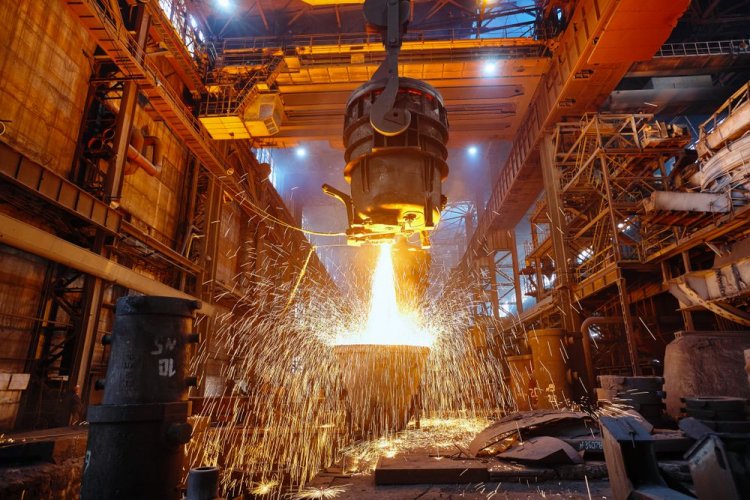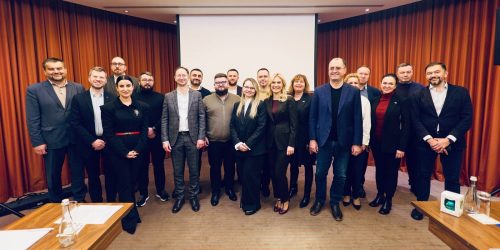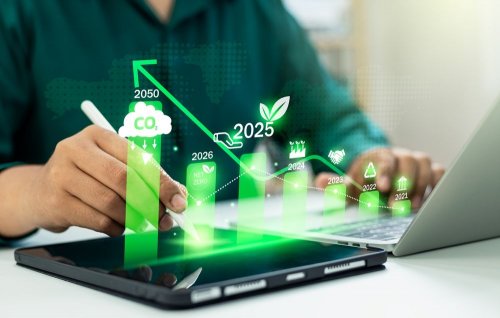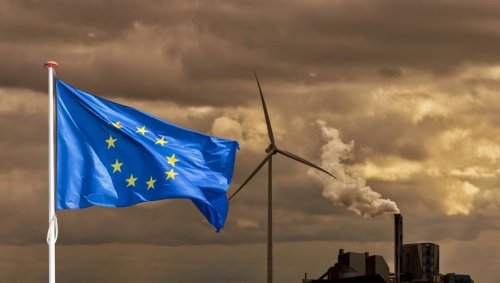ArcelorMittal, the world’s second-largest steelmaker claims, has successfully tested the use of green hydrogen to reduce iron ore at one of its industrial sites in Canada,
It is a milestone for the industry, The Financial Times reported, citing the company.
“For us this is a milestone... The first industrial test done in an industrial setting,” said Francois Perras, chief executive of Arcelor Canada’s long products business.
Engineers at the company’s operations at Contrecoeur in Quebec replaced about 7 per cent of the natural gas typically used to reduce iron ore with hydrogen made from renewable electricity during the 24-hour test earlier this month. Arcelor partnered with a local hydrogen producer that uses electricity from the Quebec grid, which is powered by renewable hydroelectricity, to source the gas.
The initiative marks another step in the global effort to improve the green credentials of an industry that accounts for 7 to 9 per cent of all direct fossil fuel emissions. Some of the world’s biggest steelmakers, including ArcelorMittal, Thyssenkrupp and China’s Baowu, have launched various initiatives to reduce their carbon footprint.
Steelmaking is highly carbon intensive. Traditional blast furnaces use coking coal to melt iron ore and remove oxygen. A byproduct of this chemical reaction is carbon dioxide, while large amounts of energy are also required to heat the furnaces above 1,000C.
An alternative route is direct-reduced iron, whereby natural gas is used to remove oxygen from iron ore pellets. The solid intermediate, called sponge iron, is then melted in an electric arc furnace. The process currently requires natural gas but industry experts believe that once the use of hydrogen made from renewable sources is scaled up, it could mark a revolution in steelmaking.
Arcelor’s Canadian test, said Perras, was focused on proving that hydrogen injection is a “good part of the solution” for direct-reduction plants. “Having this technology proven and eventually scaling it up to higher levels could be a big part of the puzzle to decarbonising our industry.”
Perras said the company would need to follow up with further tests but cautioned that numerous challenges still existed, not least the large volumes of hydrogen that would be needed. Arcelor used 92,000 cubic metres of green hydrogen over the test period.
Before EcoPolitica reported that the largest German steel company ThyssenKrupp starts construction of a scrap metal recycling plant in the city of Duisburg, in western Germany.





